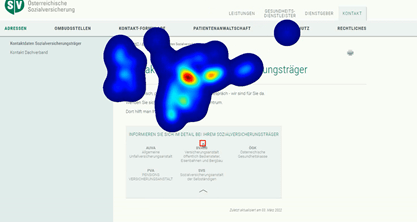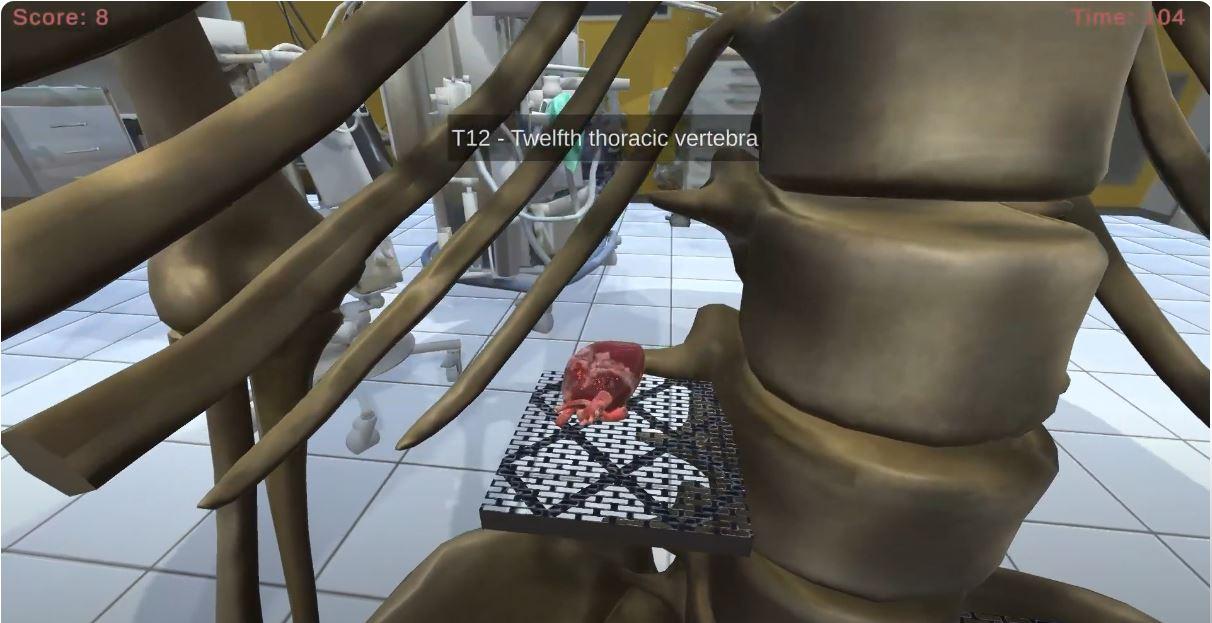This post presents a bachelor project of Mr Barounig, Mr Käfinger and Mr Santner. Let’s look at what they have to tell us.
Yours,
MedTech @ FH Kärnten Team


Augmented Reality (AR) is defined as a real-time direct or indirect view of a physical real-world environment that has been enhanced/augmented by adding virtual computer-generated information to it. AR is both interactive and registered in 3D as well as combines real and virtual objects. Augmented Reality aims at simplifying the user’s life by bringing virtual information not only to his immediate surroundings but also to any indirect view of the real-world environment, such as a live-video stream. AR enhances the user’s perception of and interaction with the real world.
In this project, we aimed to implement an app for smartphones and HoloLens, in which a 3D intraoral scan of a patient could be visualized.
First, a 3D intraoral scan of a patient is used. The jaws are then assembled, coloured and animated using various programs such as Unity and Blender. Blender is editing software that can be used to model, texture and animate bodies. These can be systematized in graphics, animations and software. Unity is the interface between the software and the app or the HoloLens and allows implementation of various methods and features for the 3D object.
At the end of the project, we were able to visualize the 3D intraoral scan on the HoloLens and on a smartphone. Additional programmed functions are used for both systems, which allows the object to be moved and scaled freely in space.



